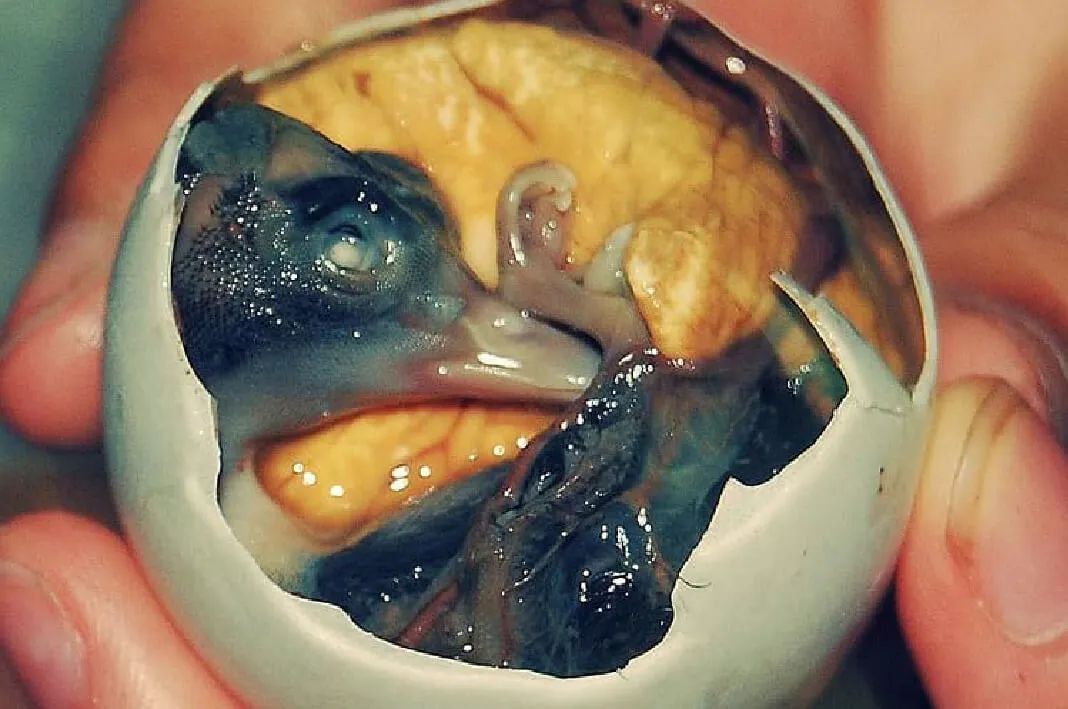
Chamberlains of London – Balut is one of the most iconic and misunderstood street foods in the Philippines. Known for its unique preparation and unusual contents, balut is a fertilized duck or chicken egg containing a partially developed embryo. While it might provoke shock or even disgust among those unfamiliar with it, for many Filipinos, balut holds deep nostalgic and cultural value. It is not only a source of nutrition but also a symbol of family traditions and shared moments. Whether enjoyed on the streets of Manila or brought to Filipino households abroad, balut continues to provoke passionate reactions. For some, it is an exciting culinary adventure. For others, it is a challenging cultural mystery. This dish invites conversations about food taboos, tradition, and the way comfort food is defined differently around the world. While opinions vary widely, balut remains a central part of Filipino food identity.
Balut holds a special place in the heart of many Filipinos who grew up with it. As a child vacationing in the Philippines, hearing street vendors shout out balut became a signal that a treat was near. This small egg, often purchased with excitement, symbolized bonding time with family and cousins. Balut was more than a snack. It was a shared ritual, a way to connect across generations and cultures.
For Filipino families living abroad, balut can still be found in Asian grocery stores or Filipino-owned shops. However, the taste might seem different outside the Philippines, possibly because the memories tied to eating it enhance the flavor. In high school, balut often became a fun and surprising topic when introducing Filipino food to non-Filipino friends. Discussions would range from shock to laughter, and sometimes even dares to try it. Even among Filipino youth, balut was both respected and joked about. Despite the reactions, it stayed important.
“Read about: Starbucks Workers Sue Over New Dress Code That’s Draining Their Wallets”
Balut stands out in the culinary world because of its appearance and preparation. The egg is fertilized and incubated for 14 to 21 days, depending on the desired development stage. Inside the egg, a visible duck or chicken embryo begins to form. Some are more developed than others, complete with feathers or beaks. For many, this aspect makes balut a challenging dish to approach. However, for Filipinos and others who eat it, this is part of the experience.
Balut is consumed warm, just like a soft-boiled egg, and is often seasoned with salt or vinegar. The broth inside is sipped first and is said to be rich and flavorful. Then, the rest is eaten layer by layer. While some prefer to skip the embryo, others consider it the most nutritious part. This balance between fascination and discomfort is what makes balut a powerful conversation starter. It challenges people to rethink what food can be.
The history of balut traces back to Chinese influence, with some historians suggesting that Chinese traders introduced it to the Philippines during the 1500s. It may have evolved from century eggs or similar preserved foods. By the 1950s, the town of Pateros in Metro Manila became known as the Balut Capital due to its high volume of duck farming. At one point, over 400,000 ducks were producing eggs for balut in that area.
Balut festivals have since been organized to celebrate this tradition, featuring music, dance, and cooking contests. The egg has also been surrounded by folk beliefs. Many Filipinos believe balut boosts strength and vitality. It is seen as an aphrodisiac and is said to aid pregnant women. Aside from nutrition, balut serves as an affordable meal. Over time, it has become less common in urban areas due to modernization, but it continues to be loved by many and still appears at cultural events and family gatherings.
Balut preparation is relatively simple. The egg is boiled for 20 to 30 minutes and eaten while still warm. To eat it, you crack the rounded end, peel the shell, season the broth, and drink it. Afterward, you peel the rest of the shell to reveal the yolk, the white, and the embryo. Many describe the taste as savory and similar to chicken. The yolk is soft and creamy, while the broth is light and salty.
In Vietnam, the dish is known as trung vit lon and has a slightly longer incubation period. In Cambodia, the version is called pong tea khon and follows a similar timeline. While the cultural meanings differ, the method remains the same. Balut on a stick has also become a trend in some areas, adding new ways to enjoy this dish. Though its popularity in the Philippines is declining, balut continues to live on in neighboring countries and immigrant communities worldwide.
This article is sourced from wordpress.kpu.ca and for more details you can read at chamberlainsoflondon
Writer: Sarah Azhari
Editor: Anisa